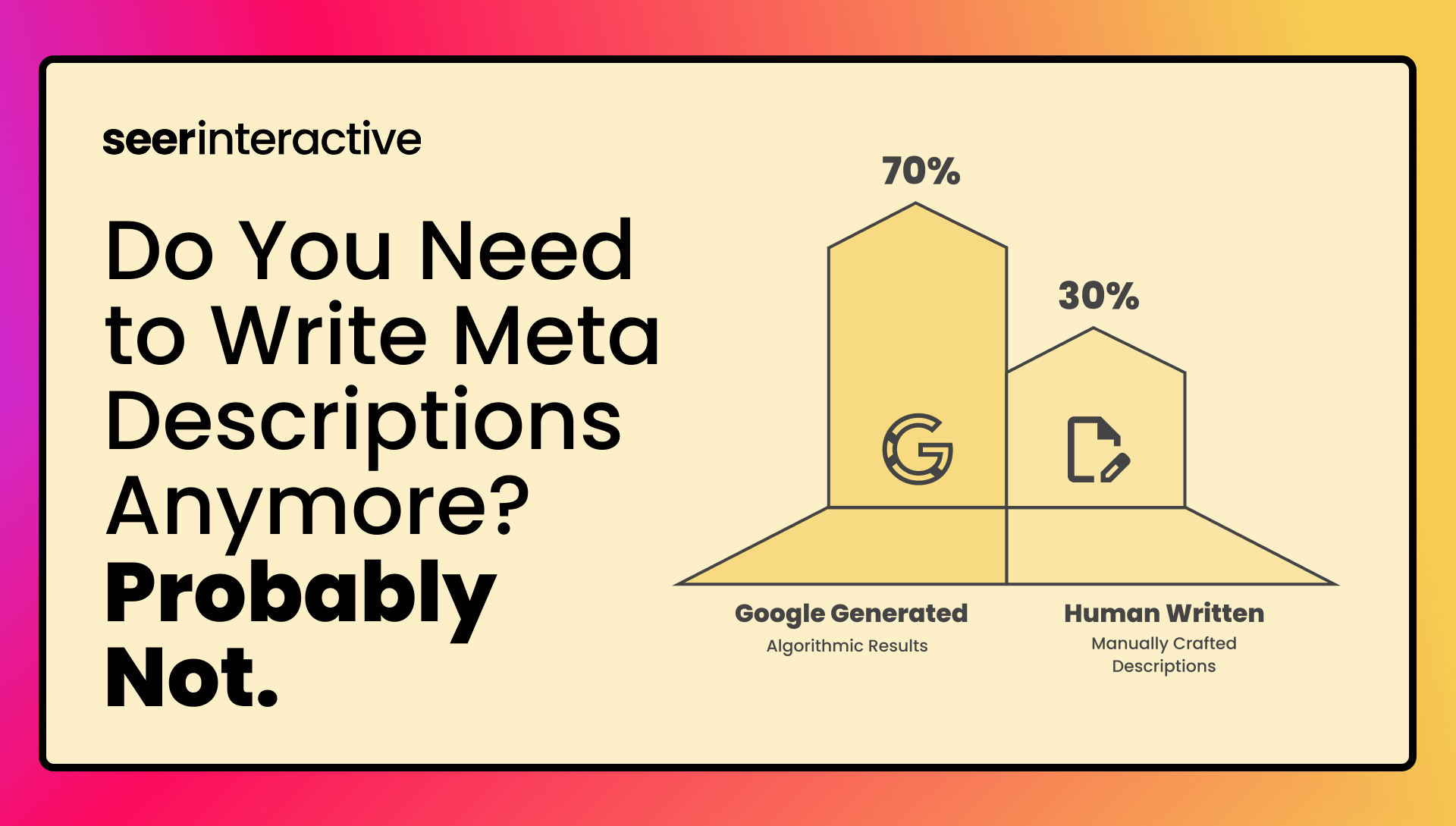We SEOs have spent a lot of time lately talking about creating communities, developing content that people want, and building relationships. We talk about these concepts, but we falter in execution. Our outreach doesn't reflect our grand strategies. If we truly care about building relationships and fulfilling people's needs, we have to start letting go. We have to trust the bloggers that we're working with. We need to take our Real Company Stuff (RCS) and let bloggers do Real People Stuff (RPS) with it. We recently took this leap of faith, and, in turn, took one of our campaign's outreach response rates from 45% to 70% and had bloggers build us infographics and guides without us even asking them to.
Here's the magic line we used: "You can do whatever you think would work best for you and your readers."
If you're doing #RCS and building great content or selling great products, all you have to do is put that in bloggers' hands and give those bloggers the freedom to do RPS (real person stuff) with it. What is RPS? RPS is the stuff that bloggers love creating for their readers anyway. RPS is how people interact in real life. For one of our clients with party-friendly products, RPS was the difference between somebody doing a simple review and somebody creating a complete guide to throwing a wine & cheese bash on a budget (seriously!) It's a beautiful, affordable long-term strategy.
Example of an RPS photo guide that a blogger created
Let's talk about making RPS happen:
1. What Are You Selling?
Normally if you're working on blogger outreach, you start with prospecting. Not here. If you're doing RCS for RPS, you have to start with the message. You have to figure out what you're selling and what that will mean to people.
Uber, for example, sells car rides. More than that, though, Uber sells convenience and calm. No more trying to flag down a cab driver or fighting about whether or not the credit card machine works. You can depend on them for a lovely, stress-free trip.
Starbucks approaches their marketing similarly. Pumpkin spice lattes aren't popular because they taste great. Pumpkin spice lattes are popular because they represent Autumn. They represent fuzzy scarves and warm boots. They represent falling leaves and new beginnings. Pumpkin spice lattes mean that the holidays are just around the corner. That's why, when September rolls around, Starbucks doesn't talk about syrup or espresso or milk, Starbucks tells us that Autumn has arrived, and we deserve a treat.
Taking the time to figure out this sort of messaging is key, because it will drive prospecting and your actual outreach email. If you're doing RCS, it shouldn't be a difficult message to find.
2. Finding Bloggers
Once you figure out what your product, service, or idea will mean to people, it's pretty easy to figure out what kind of people will care the most about it. Instead of the usual round up of giveaway bloggers or review bloggers, you can shift your focus to categories like "young women in their 20s who share a lot of photos" or "busy grandparents."
Bloggers you might have rejected in the past, for reasons like they've never done reviews before, are now excellent targets, precisely because they've never done reviews before. You can still use Link Prospector, Buzzstream, or blogrolls to find good targets, but your criteria for inclusion might change.
3. Outreach
Your outreach message can be simple. Ask bloggers if you can send them your product or service or asset. Don't talk about what your product/service/asset is, describe what it means. Only use a sentence or two for that. Then, use the magic line. Instead of "Would you like to review it?" try "If you're interested, I could send you one, and you could use it however you think would be best for you and your readers." Give them the freedom to do RPS.
RPS in Practice
We want to create great content that meets people's needs. Rather than trying to figure out what people's needs are, let's start engaging with the communities and relationships we've built to let them tell us. Let's give people the freedom to create. Of course, we'll still need some reviews and giveaways. We will still create infographics. We just shouldn't limit ourselves to those tactics.
For example, if I was the custom frame shop that's across the street from SEER, and I wanted to do some linkbuilding, I wouldn't ask for reviews. I'd find artists and offer them a frame, asking for credit if they share pictures of their galleries. I'd find interior designers to see if they might be interested in a frame or two for their blog, either to showcase in a home design or to use in a tutorial. I would find people who just celebrated major life moments (like weddings or studying abroad), and reach out to them, offering them a frame and give them the opportunity to talk about why their photos matter so much to them. That frame shop creates frames that are as unique and beautiful as the art that's inside them. That's RCS. RPS is letting bloggers take that and transform it into a story about themselves, about their readers.
RPS is natural and effective. And, if you're already doing RCS, it's the logical next step.
What do you think? Leave a comment, or talk to me on Twitter or Google+


